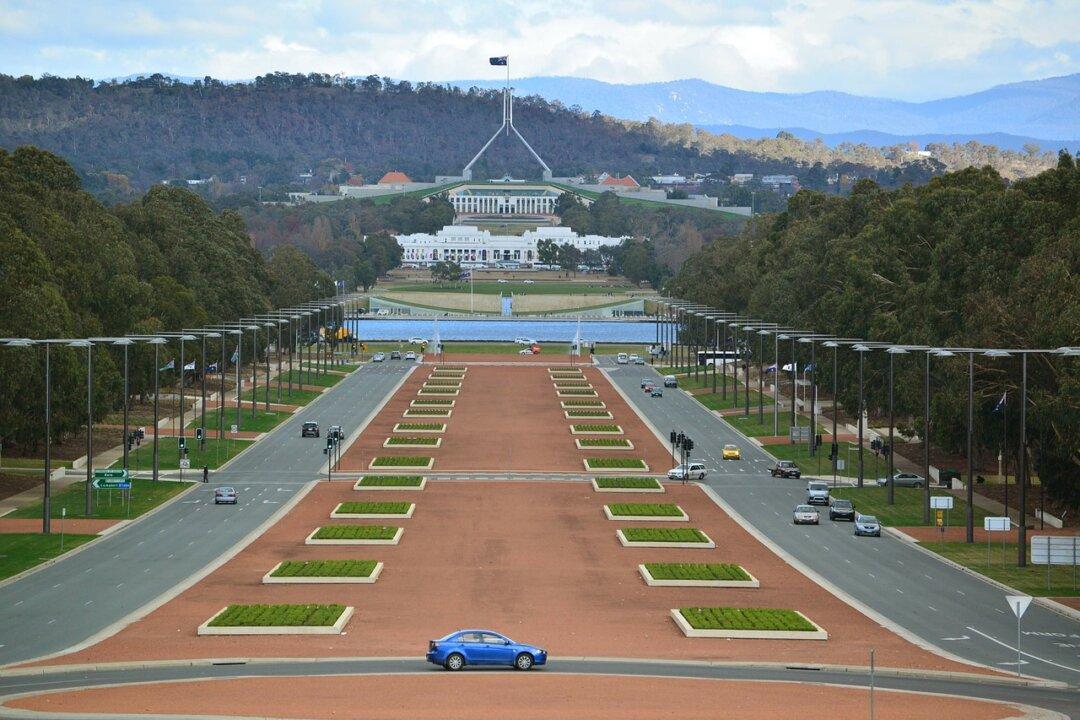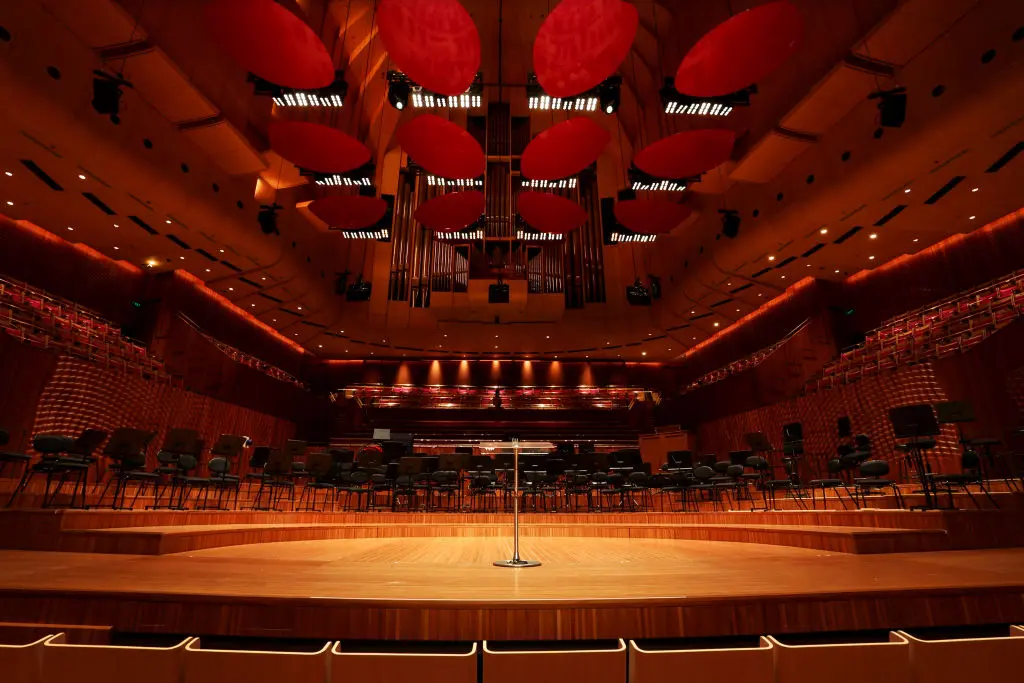The Australian Capital Territory (ACT) has set a hard date for an end to the sale of fuel and diesel-burning vehicles.
The Labor-Greens-led ACT government will phase out internal combustion vehicles by 2035, and aim by 2030 (in just eight years) to have 90 percent of new car sales be of electric vehicles (EVs), with the details of the Territory’s Zero Emissions Vehicle Strategy expected in the coming days.





